Time to inject fresh capital into healthcare
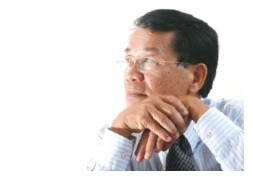 Fortis-Hoan My Medical Corporation chairman Nguyen Huu Tung told VIR what Vietnam should do to translate the country’s vast potential in medical tourism into concrete returns.
Fortis-Hoan My Medical Corporation chairman Nguyen Huu Tung told VIR what Vietnam should do to translate the country’s vast potential in medical tourism into concrete returns.
Vietnam reportedly possesses enormous potential to lift up medical tourism. What is your view as an expert in private healthcare development?
Vietnam abounds with diverse potential for medical tourism. The country’s core advantages lie on its strong contingent of skilled doctors who can quickly adapt to the world’s latest techniques and its expansive hospital system with thousands of public and several hundred private hospitals.
Meanwhile, over four million overseas Vietnamese (Viet Kieu) are eager to make contributions to the homeland development, willingly provide technical support and become clients. The concept ‘medical tourism’ is still fresh in Vietnam albeit policies on medical services socialisation were introduced two decades ago. As the health sector mainly targets local patients, medical tourism still has little room to expand.
Deloitte’s report shows that medical tourism in Asia alone reached $4 billion revenue in 2012 with the growth averaging 20 per cent, per year. Does Vietnam have a part of these growth prospects?
Since a proper medical tourism development plan still does not exist in Vietnam at this time, revenue from medical tourism gained in Asia mostly comes from regional markets like Thailand, the Philippines, Malaysia, India and Singapore.
Promoting medical tourism is a way to help the country attract hard foreign currencies. What should Vietnam do?
In developed nations, medical costs are high, particularly to retired and medium-income people, though most people there have either public or private medical insurance.
Hence, they tend to find countries with lower development level and more competitive service costs to both make a visit and take health checks/treatments with the total outlay still lower than the service costs in their countries.
If we succeed in spurring medical tourism, the local health sector will evolve through better hospital management and improved medical techniques, the tourism sector will lure more visitors and the country will get more incomes.
What preparations are needed from the part of Vietnamese hospitals to come on par with actual development needs when the demand for medical tourism skyrockets?
First of all, we need to work out an action programme and a development strategy on medical tourism at the central level, and then make them known to competent government agencies. The Vietnamese government must follow consistent development guidelines when working with diverse agencies including the health, culture, sports and tourism, and planning and investment. In my view, it would take from three to five years for Vietnam to turn ‘medical tourism’ from a mere concept into an actual plan for implementation.
What the stars mean:
★ Poor ★ ★ Promising ★★★ Good ★★★★ Very good ★★★★★ Exceptional
Related Contents
Latest News
More News
- MoIT proposes scheme to boost renewable energy procurement (April 17, 2024 | 14:05)
- Suitable roadmaps can help SMEs in the ESG mission (April 17, 2024 | 08:56)
- Low emissions to stem from advances in rice (April 17, 2024 | 08:49)
- Lotte Rental enters Vietnam's car rental market (April 16, 2024 | 18:46)
- Samsung returns to top of the smartphone market: industry tracker (April 16, 2024 | 18:00)
- VitaDairy partners with KPMG Vietnam on digital transformation (April 16, 2024 | 16:38)
- Boeing says testing of 787 proves aircraft is safe (April 16, 2024 | 16:00)
- PwC rejects allegations on Evergrande audit (April 16, 2024 | 14:39)
- VinFuture Fund launches InnovaConnect 2024 event series (April 16, 2024 | 09:00)
- Vietnam’s agricultural products appeal to foreign customers (April 15, 2024 | 17:04)



 Tag:
Tag: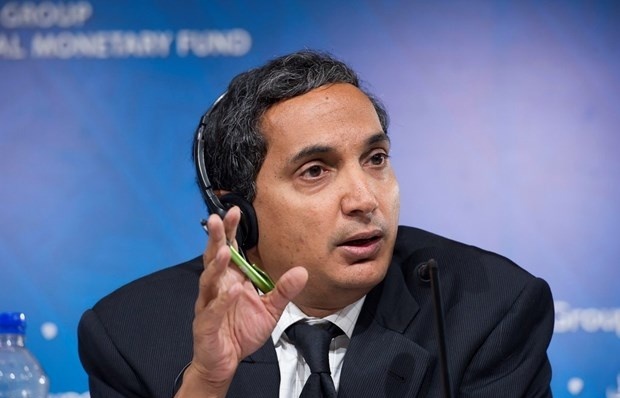
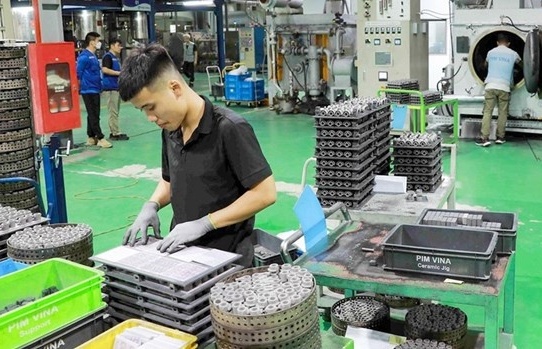
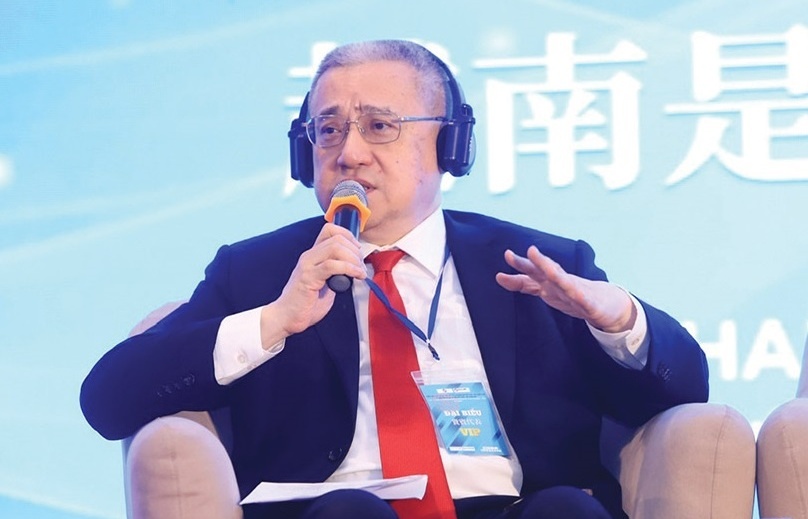
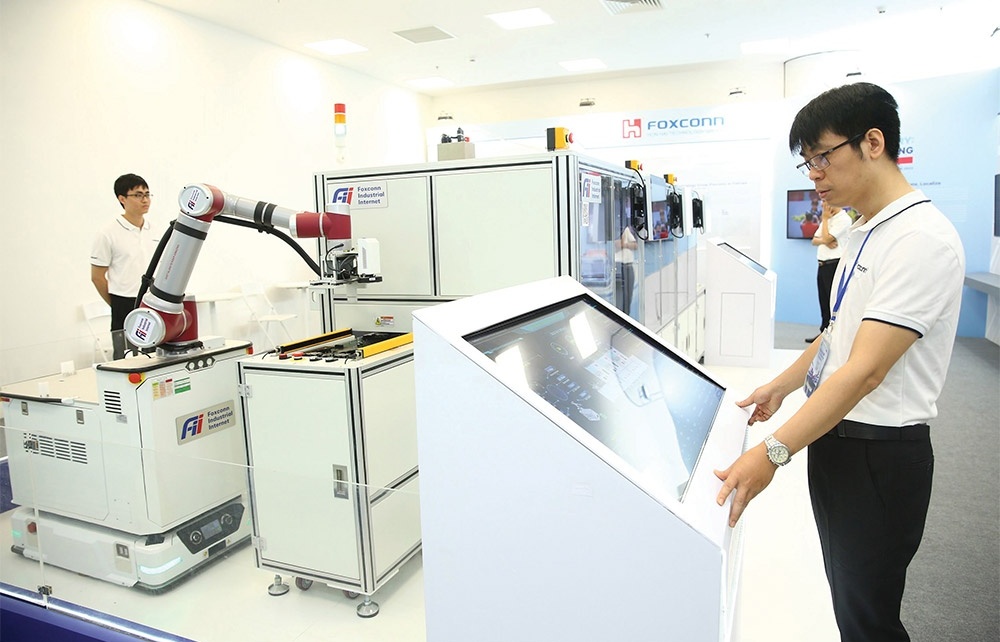
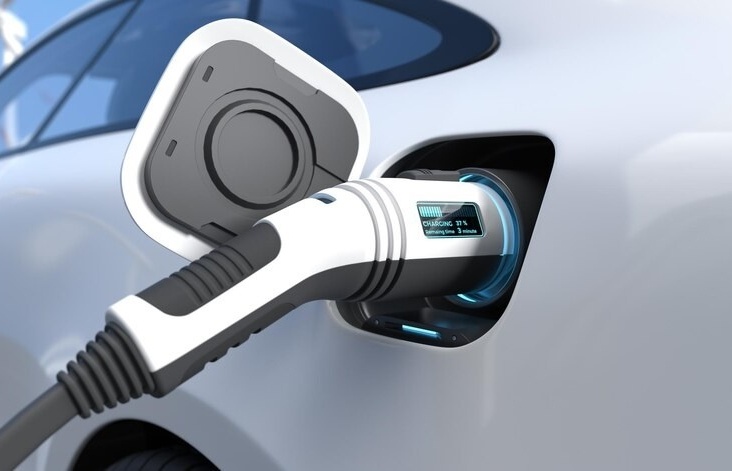


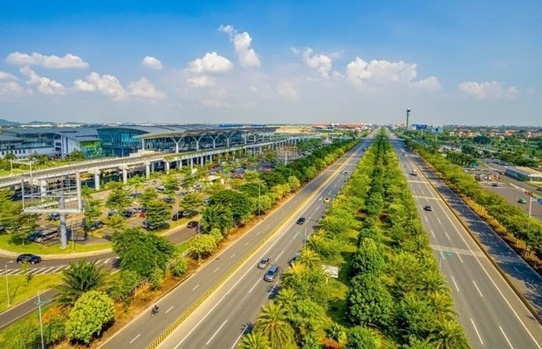
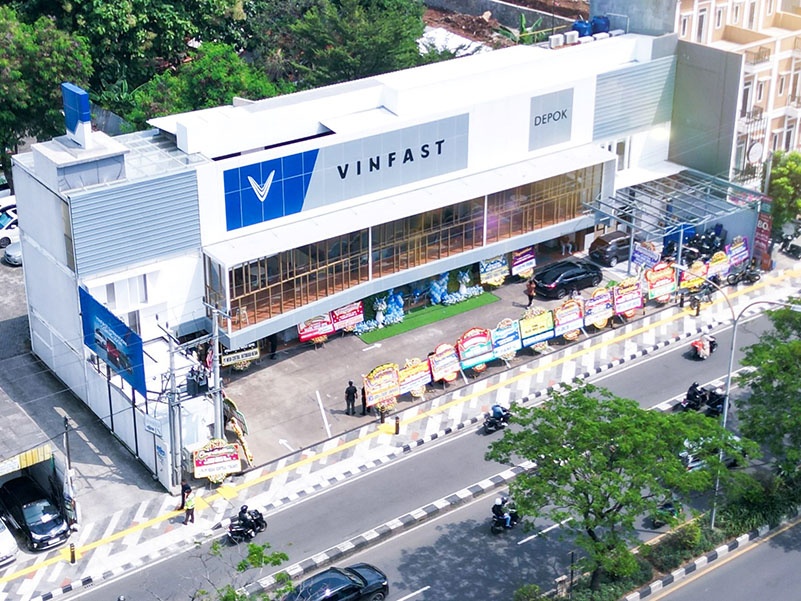
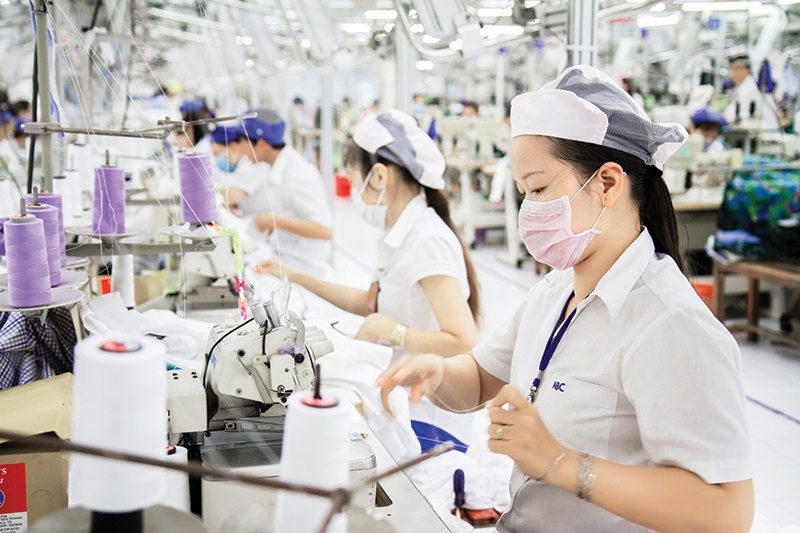










 Mobile Version
Mobile Version